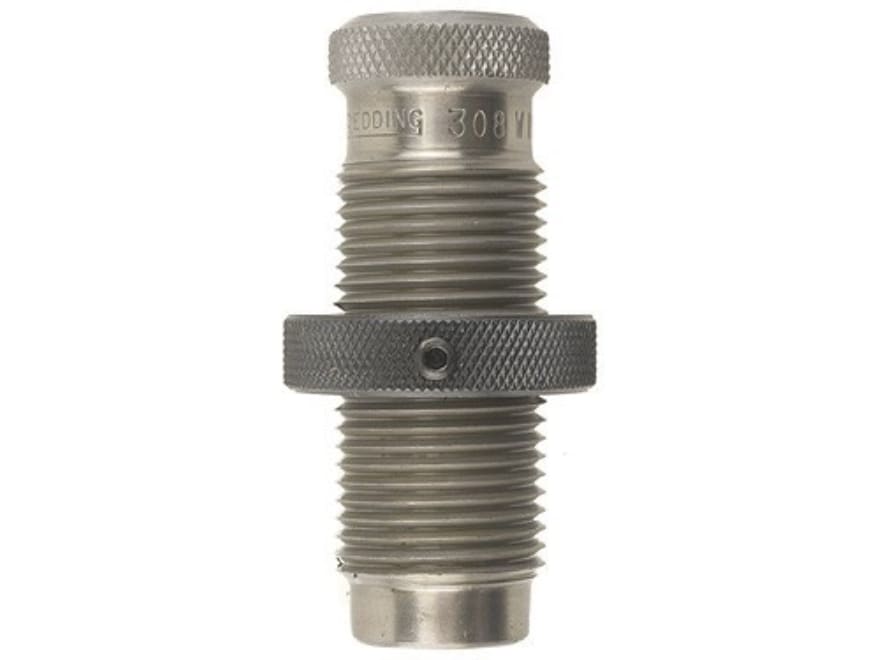I have some Hirtenberger milsurp brass from 1982 that is giving me some troubles. After firing it sticks in the chamber, even after full length sizing and low pressure loads. I'm wondering if anyone has a solution before I give up on it... Which would be a shame because I have lots.
I bought it as milsurp loaded ammo. Similar to M80 although not quite to the same spec. Fired in bolt gun. Neck sized. Loaded with pretty conservative loads and some of it was quite sticky. Primers not flattened even a little, no other over pressure signs, just sticks in the chamber.
So I backed off on the powder charge. 40.0 grains of D4895 (basically IMR4895) getting ~2400fps out of an 18" barrel bolt action with a 155 grain Hornady BTHP. Still fairly sticky.
So I FL sized and loaded with the same mild load. A little better, but I can still definitely feel the effort I need to put into it when the bolt hits the primary extraction ramp. Bolt lift is fine until it hits primary extraction, but it takes a gorilla to break the case loose from the chamber.
All brass tested had 1 or 2 firings on it. I have no problems with much more potent loads in the same rifle with other headstamps. I tried a second bolt gun and had the same exact experience.
I previously used some of this brass in a semi with mild loads and the rims were often pretty beat up, showing indents from the extractor. At the time I thought it was getting dinged up because it was too soft, but now I'm suspecting it was sticking in the semi chamber too.
The only thing I have thought of that I haven't tried is annealing. Maybe the age of the brass has hardened it and that is causing my issues? I'm not set up to anneal just yet but I do plan on it in the near future.
I bought it as milsurp loaded ammo. Similar to M80 although not quite to the same spec. Fired in bolt gun. Neck sized. Loaded with pretty conservative loads and some of it was quite sticky. Primers not flattened even a little, no other over pressure signs, just sticks in the chamber.
So I backed off on the powder charge. 40.0 grains of D4895 (basically IMR4895) getting ~2400fps out of an 18" barrel bolt action with a 155 grain Hornady BTHP. Still fairly sticky.
So I FL sized and loaded with the same mild load. A little better, but I can still definitely feel the effort I need to put into it when the bolt hits the primary extraction ramp. Bolt lift is fine until it hits primary extraction, but it takes a gorilla to break the case loose from the chamber.
All brass tested had 1 or 2 firings on it. I have no problems with much more potent loads in the same rifle with other headstamps. I tried a second bolt gun and had the same exact experience.
I previously used some of this brass in a semi with mild loads and the rims were often pretty beat up, showing indents from the extractor. At the time I thought it was getting dinged up because it was too soft, but now I'm suspecting it was sticking in the semi chamber too.
The only thing I have thought of that I haven't tried is annealing. Maybe the age of the brass has hardened it and that is causing my issues? I'm not set up to anneal just yet but I do plan on it in the near future.

